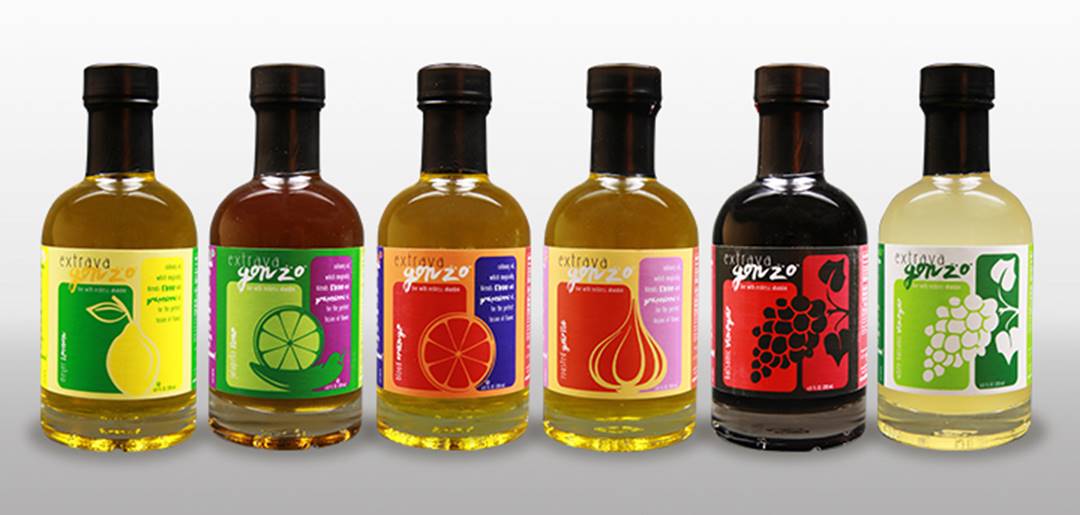Italy! What things come to your mind when you hear the name? Food, fashion, luxury locomotives, art, and culture? Did you miss the wine among these? Indeed, you need to go through the article to understand what it really signifies to apportion 702,000 hectares of soil in vineyard cultivation.
With some knowledge of Italian wine, you could choose the perfect bottle from the wide range of Guasti Clemente list from https://puninwine.com/catalog/wine/filter/brand-guasti-clemente to cherish a special night. Let us immerse ourselves in the search for some exotic wines from Italy.
Once upon a Time in Italy
Historically, Greeks were the first to winemaking approximately 6,500 years ago. Initially, they duplicated the Egyptian method. When the Greeks invaded southern Italy, wine was already a part of daily life. They named the country Oenotria, the land of wine, as its fertile soil was perfect for grapes. After the Romans defeated Carthage and enslaved thousands of Carthaginians (profound viticulturists) back to Italy in the 2nd century BC, winemaking was scaled up by leaps and bounds. The plantations were on such growth that vineyards had to be cut down for food production on fertile lands in the period of emperor Domitian. Under the Romans, winemaking was prohibited outside Italy. The wine trading was fierce as inhabitants were inclined to consume unadulterated wine, unrestrained. When the laws were relaxed, vineyards found their way into other parts of Europe.
Italian Wines Today
Italy is the largest wine producer in the world. In the time of the worldwide recession in 2021, Italy still topped the list with 50.2 million hl of wine. The quantity and variety of wines throughout the country’s regions are impressive. The favorable climate conditions, traditional expertise, and autochthonous varieties of grapes combine to popularize it worldwide, whether red, white, or sparkling wine.
Italian Wine Regions: Overview
Italy has twenty administrative divisions, all of which contribute to wine production. Among these, if I have to name the most crucial wine regions, it must be Piedmont, Tuscany, and Veneto.
1. Central Italian Wine
The region between the western Tyrrhenian Coast and the eastern Adriatic Coast has some distinguished wine regions like Marche, Abruzzo, Umbria, Lazio, and Tuscany. Tuscany is well-known for Sangiovese wines from the acclaimed DOCGs (Denominazione di Origine Controllata e Garantita) like Vino Nobile di Montepulciano, Chianti, Brunello di Montalcino, and Chianti Classico. The two outstanding DOCGs from Umbra are Sagrantino di Montalfaco and Torgiano Rosso Riserva.
2. Southern Italian Wine
The Taurasi is a renowned DOCG of the south. The region’s reputation is pretty much for the grape varieties like Nero d’Avola, Aglianico, Negroamaro, etc. The Puglia region in the southeast is the place for sweet Primitivo di Manduria Dolce Naturale DOCG.
3. Northern Italian Wine
Northern Italy has a wide geographical variation, from the foot of the Alps to the plains of the River Po. The Alto Adige produces some of the finest aromatic white wines like Pinot Grigio, Pinot Blanc, Gewurztraminer, and Chardonnay. Teroldego and Merlot are the prevalent red wines from the Trentino region. Friuli-Venezia Giulia, Veneto, Valpolicella, and Soave are renowned for some homegrown DOCs and DOCGs.
4. Guasti Clemente Wines from Northern Italy
Guasti Clemente has a long history attached to it. Immediately after World War II, Clemente Guasti started producing high-quality wines from a cellar in Asti—a province located in the Piedmont region. He planted the world’s largest vineyard at that time, using grapes from Barbera. In 1946, he started the Guasti Clemente company after his own name. Today, his sons, Alessandro and Andrea, are running the business in uncompromising ways. From a catalog of a long variety, here are some of the outstanding products from the house of Guasti Clemente.
Barbera: Some of the exotic and finest wines from the Barbera vineyards are Boschetto Vecchio, Severa, Barcarato, Vinciaret, and Clementina.
Red Wine: Nebbiolo d’Alba, Dolcetto d’Alba, Barbaresco, Barolo, Grignolino Asti fall under red wine. Dolcetto or Nebbiolo are the usual varieties of grapes for these wines.
White Wine: From a variety of lucrative offerings, Piemonte Chardonnay, Gavi, Roero, Arneis, and Gavi di Gavi are the notable ones. Cortese and Chardonnay cuttings are primarily used for the making of these.
Other than these, Clemente’s authentic sparkling water and aromatic wines, such as Asti, Brachetto d’Acqui, and Santa Teresa could be good choices for you.
Read also: Welcome the Judges of the PR%F Awards – Food & Beverage Magazine







